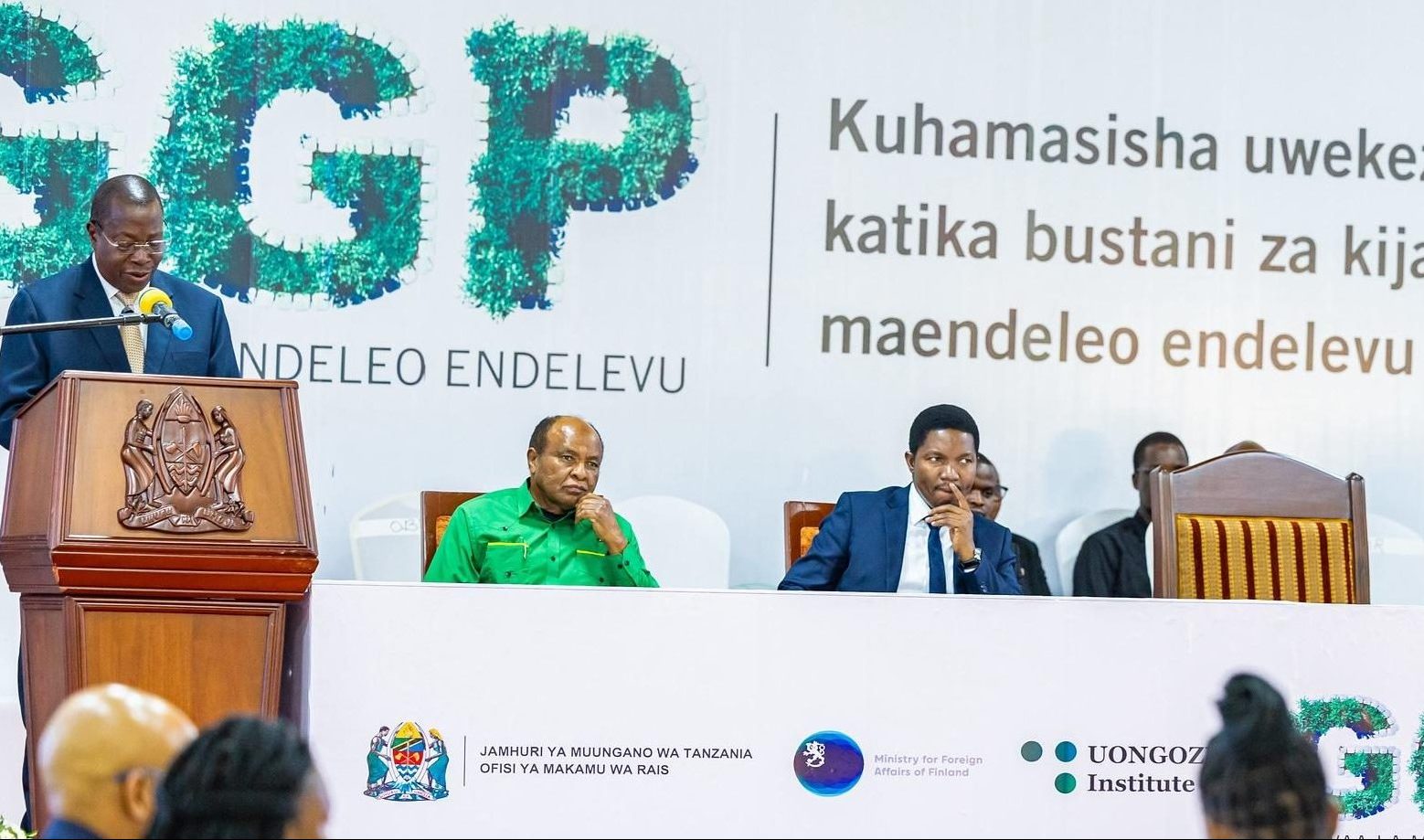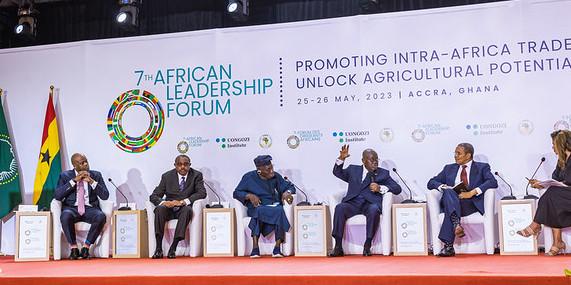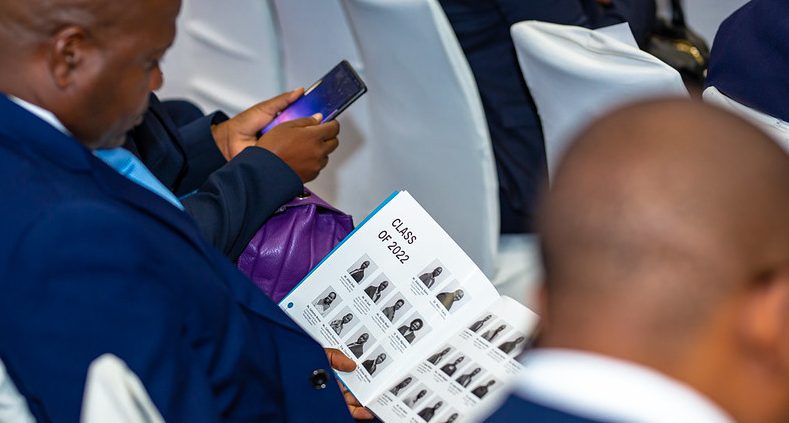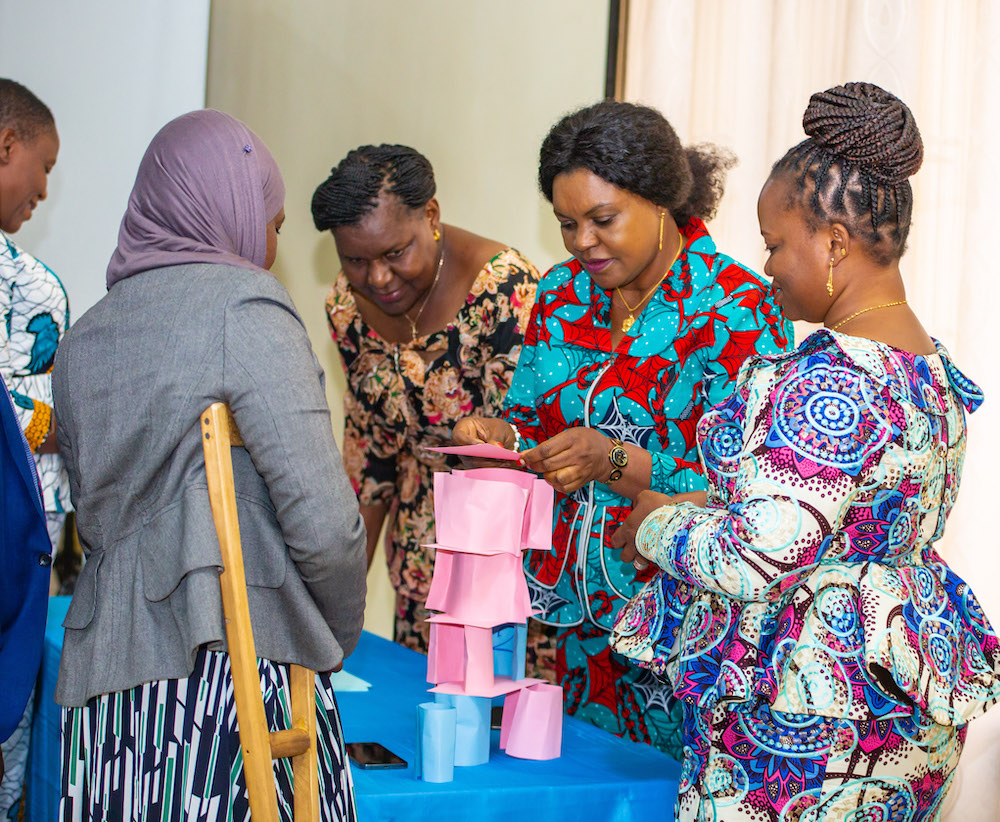By Frannie A. Léautier, Michael Schaefer, and Wei Shen
This article reflects the discussions at the 5th BMW Foundation Global Table on the opportunities that China’s New Maritime Silk Road initiative holds for East Africa. The arguments build on the 4th BMW Foundation Global Table in Poland, which focused on the Silk Road Economic Belt connecting China, Central Asia, and Europe. The article is written in two parts. Part I looks at the broader policy issues of relevance to Africa, China and Europe, while Part II provides a case study with lessons for the specific case of Bagamoyo in Tanzania.
Africa and the Maritime Silk Road
China’s 21st Century Maritime Silk Road contains a grand vision to connect China with Africa, and eventually with Europe. The vision builds on historical contexts between China and Africa , dating six centuries ago, when Zheng He, a Muslim admiral in the Ming Dynasty, commanded seven expeditions between 1405 and 1433 to Southeast Asia, South Asia, Western Asia, and East Africa. His legendary expeditions using the largest wooden ships in maritime history resulted in a China-centric maritime tributary system with an important trading network of ports and cities around the Indian Ocean. A detailed review of the issues and opportunities for Africa, China and Europe from the new Maritime Silk Road are covered in a sister article titled “Part I: China’s New Maritime Silk Road: An Opportunity for the Revival of Africa?” published by the same authors as this article.
The New Maritime Silk Road reflects a strategic vision consisting of a zone of economic development which maps along the key ports and maritime trade routes of the South China Sea and the Indian Ocean (Wu and Zhang, 2013). Africa is a strategic center point in this framework. Projects to be undertaken under the “Belt and Road” framework in Africa are located in Bizerte, Tunisia; Dakar, Senegal; Dar es Salaam, Tanzania; Djibouti, Djibouti; Libreville, Gabon; Maputo, Mozambique; and Tema, Ghana. The port of Bagamoyo falls into this maritime Silk Road vision and its expansion provides a test case or pilot on how Tanzania, the city of Bagamoyo, and indeed Africa can use this opportunity to its strategic advantage.
China’s strategy is to have key points on the Silk Road space such as Bagamoyo become the key sites for the transcontinental exchange of manufactured goods and commodities between the Asian and African economies along the Maritime Silk Road. Chinese policy-makers are convinced that the benefits of China’s infrastructure-driven development model can also be transferred to Africa. Hence, China is eager to use the infrastructure projects to facilitate connectivity between the landlocked countries and coastal areas in Africa, with the aim of fostering the same kind of local and regional economic development that China has seen since the 1980s. The focus of the MSR on infrastructure development is also a response to China’s severe overcapacity in the construction and manufacturing sectors. Under the MSR, China will leverage its comparative advantage in construction and material surplus and allow more state-owned enterprises (SOEs) to go global. In addition to generating a higher rate of return for its foreign currency reserves, the MSR is also expected to help China transfer part of its labor-intensive industries to Africa and benefit from its lower wages and ample labor supply.
A major Chinese interest is to expand its trade exchange with Africa and its position as one of Africa’s strategic trading partners. China is keen on tapping into Africa’s burgeoning consumer markets, which constitute some of the fastest-growing economies nowadays, and China is offering to use the MSR to improve infrastructure connectivity between African nations, which may contribute to fostering regional stability and peace. The increased connectivity by road, rail, naval, air, and digital links is also expected to accelerate industrial efficiency and productivity as well as identify new market opportunities for China’s rising brands such as Haier or Huawei among a young, urban and mobile group of African consumers.
Relevant Precedents for the Maritime Silk Road
Africa’s key interest is to transform its present economic development into a sustainable process, integrating its very diverse national and regional markets into the global market and creating new opportunities for its citizens. A dynamic connection with Europe and Asia as Africa’s two regional neighbors is essential.
There are precedents on which the Maritime Silk Road concept could build. One of them is the first of the infrastructure projects conceived on a pan-African scale, the TAZARA Railway. Built between 1970 and 1975, it links the port of Dar es Salaam, Tanzania’s largest city on the Indian Ocean, to the town of Kapiri Mposhi in Zambia, where the copper mines are concentrated. At the time of its completion, the TAZARA Railway was the single longest railway in Sub-Saharan Africa covering a stretch of 1,860 km (Brautigan, 2010).
The idea was to connect Tanzania and Zambia after their independence and to help develop their vast agricultural lands in the southwest and northeast regions, respectively. The project gained prominence as a solution for landlocked Zambia during the apartheid years in South Africa when Zambian exports were blocked from transiting out of South African ports. TAZARA was built through a tripartite agreement between the governments of Tanzania, Zambia, and China as a turnkey project. Costing $500 million to construct, it represented the largest single foreign aid project undertaken by China at the time.
Today, the TAZARA Railway fits in with China’s vision for Africa through the Maritime Silk Road initiative, focusing on infrastructure development and increased connectivity.
Where does Bagamoyo Fit in?
The Bagamoyo port provides opportunities to shape the approach taken to developing the other nodes in the Maritime Silk Road and for China to work with its development partners in Africa and Europe.
Prior to the inclusion of Africa in the OBOR initiative, there were already 65 participating countries. With Africa, a total of over 100 countries will be potentially involved. Initially, Kenya with its port city of Mombasa was the only partner in the MSR, now Tanzania, Ethiopia, Djibouti and Mozambique are also included in the MSR plan in one way or another.
The Tanzania Port Authority recently announced its approval for a $10 billion project to develop a port at Bagamoyo financed by China. Located about 60 km north of Dar es Salaam, Bagamoyo is expected to become the biggest port in Africa once completed, handling twenty times more cargo than Dar es Salaam port. It will link Bagamoyo port to the central corridor railway and the TAZARA Railway through an extended link. A parallel highway linking Bagamoyo to the Uhuru Highway going to Zambia will also be built. Bagamoyo will be a strategic pillar and connect the MSR with other East African countries, including Mozambique, Malawi, Zambia, Democratic Republic of Congo, Burundi, Rwanda, Uganda, Kenya, South Sudan, Comoros, Madagascar, and Seychelles. An integral part of the Bagamoyo project will be an Export Development Zone (EDZ) which will include the construction of an industrial city as well as upgrades to road and railway infrastructure.
Policy Issues for the Bagamoyo Port
The Bagamoyo port is an opportunity to pilot a sustainable approach to infrastructure development while at the same time, offering opportunities for Africa to partner with China and Europe in a unique way.
First, given Bagamoyo’s historical link to Germany, and Europe’s linguistic, knowledge and past experiences with African nations, China should be open to policy coordination and development cooperation with the European Union and other relevant stakeholders, which could also potentially eradicate the increasing neo-colonial speculation in the West over China’s ‘exploitative engagement’ in Africa. Will China’s ongoing and extensive crackdown on government corruption proposed by President Xi Jingping be finally aligned with EU’s longstanding efforts to overcome widespread corruption and poor governance in Africa? On the other hand, Richard Eyler’s report (2014) on the partnership China and Thailand have established to ‘create investment vehicles for developing 12 ports – including seven African ports (in Djibouti, Tanzania, Mozambique, Gabon, Ghana, Senegal, and Tunisia)’ offers a possible cooperation framework for other nations to be involved in both MSR and SREB. During President Xi Jinping’s visit to Africa in 2013, he proposed four principles of “sincerity, real results, affinity and good faith” as the blueprint for bilateral relations, and Premier Li Keqiang has highlighted the unity of “Chinese Dream” and “African Dream”, the MSR is the best testing ground for China’s promise and commitment to Africa. In order for the MSR to be as inclusive as it advocates and for it to produce win-win results, China will need to be open-minded, innovative, more flexible than before, and be prepared to move beyond the comfort zone in its foreign policy.
Second, Bagamoyo and other construction sites on the MSR in Africa and Asia are located in natural habitats. In the case of Bagamoyo, the future port is surrounded with endangered mangrove swamps, local fishing activities, and smallholder agriculture. These activities are highly sensitive to weather and the elements. It is important to ensure sustainability principles are followed during the design, construction and operation phases of the projects. The agreement at the United Nations General Assembly in September 2015 on the Sustainable Development Goals (SDGs) is a great opportunity to ensure that the planned port and industrial city follow the best possible sustainability principles.
Third, Bagamoyo is a historic city with important landmarks for tourism, located close to Dar es Salaam and Zanzibar. It was founded at end of the 18th century and was the original capital of German East Africa. It used to be one of the most important trading posts along the East African coast. Despite such important landmarks and art activities, Bagamoyo is economically poor, depending on smallholder farming, small traders, tidal fishing, and jobs in Government Administration. The town has adequate water, but shortage of sewerage and electricity. A town of some 30,000 people, the city is expected to grow tremendously with this new port and industrial park investment. It is important to preserve the history and architectural landmarks, which are of importance to tourism and the livelihood of many local residents. Coordination with the Department of Antiquities in Tanzania is critical at all stages of the design, construction and operation of the port and industrial city. This would be a great opportunity for Bagamoyo to engage in green design and construct a truly sustainable city that preserves the past, protects the activities and livelihood of the present inhabitants, and prepares for a brighter future. This includes energy, water use, construction techniques, materials used, traffic management and urban planning, to name a few areas.
Fourth, Bagamoyo is a microcosm of Tanzania’s modern path to development, as its residents are more diverse than other parts of the country. The city accumulated such diversity over the years due to its trade role, fine sailing culture, good water, fertile hinterland, and closeness to the rice-producing region along the Ruvu River. Maintaining a peaceful multicultural society despite facing tremendous growth in population due to in-migration to serve the Export Development Zone, the port and the growing city is paramount. As modern cities in Tanzania are becoming as diverse as Bagamoyo today due to in-migration of different ethnic groups as a result of urbanization and the search for jobs, efforts expended in Bagamoyo to ensure a harmonious society can be maintained and preserved, would have scalable use across Tanzania.
Finally, Bagamoyo will go from a sleepy “dottoir” or sort of bedroom suburb for Dar es Salaam, to a major port with a Pan-African and global role along the Maritime Silk Road. Planning and managing such a city is light-years away from the manner in which the city is currently planned and managed. Attention will need to go towards building the capabilities and competences, as well as the systems and processes for the city to be able to play this important role. Time is of essence as the port construction is supposed to be completed by 2017.
A successful approach to the Maritime Silk Road would allow Africa—through the key port cities and their interconnected road, rail and power links—to achieve the optimistic vision in the “Africa Rising” narrative.
That it should resemble the Old Swahili Caravan Song:
Be happy, my soul, let go all worries
Soon the place of your yearnings is reached
The town of palms—Bagamoyo (Watson, 1982)
And not “Bwagamoyo”—where you lose your heart as there is no hope of a safe return (Old Swahili Saying).
Dr. Frannie A. Léautier is the Chairperson and Co-Founding Partner of Mkoba Private Equity Fund.
Amb. Michael Schaefer is Chairman of the Board of the BMW Foundation and the former German Ambassador to China.
Prof. Wei Shen holds the Jean Monnet Chair of EU-China Relations at the ESSCA School of Management (EU-Asia Institute) and works at Lancaster University






